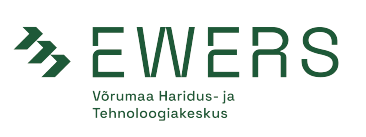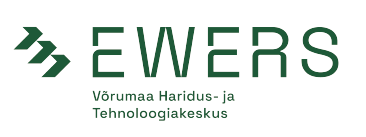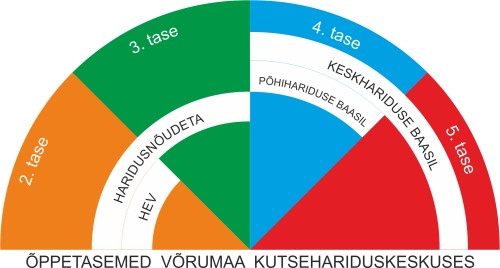- Admission
Admission
- Studies
Studies
- Student Life
Student Life
- Trainings
Trainings
- Centre of Competence
- About Us
- Contact
Sisseastumine
Welding and Metal work
| Type of Education | Form of Study | Prerequisite | Duration |
|---|---|---|---|
| Type of EducationLevel 4 vocational secondary education | Form of StudyFull-time school-based education (daytime) | PrerequisiteBasic education | Duration3 years |
What can a graduate of the welding and metalworking program do?
A welder primarily works in companies that manufacture metal products and structures, as well as in construction, installation, maintenance, and repair. Their main tasks include preparing welding tasks, assembling structures according to blueprints, performing welding joints, and conducting post-welding treatments and result verification. The job requires the ability to read blueprints and knowledge of processing technology and material properties.
How can one study in the welding and metalworking program?
Form of study: full-time school-based education.
Duration of study: 3 years.
Volume of company internship: 35 ECTS credits (approximately 910 astronomical hours).
Prerequisite for starting: basic education.
Upon completion of the curriculum, a level 4 vocational examination is taken, depending on the specialization. (See certification granting)
What is learned?
In the welding and metalworking program, students learn mechanical engineering, metal processing, manual arc, semi-automatic, and TIG welding, machining of parts using CNC milling and turning machines, in addition to general education subjects. Upon completion, students receive a vocational secondary education.
What comes next?
Welders find employment primarily in companies manufacturing metal products and structures, but also in the energy, construction, property maintenance, or other sectors where welding is required. Welding services are also needed for installation, maintenance, and repair work. Graduates have the opportunity to continue their studies at Võrumaa Education and Technology Center in a level 5 continuing education program, specializing in metal processing technology.
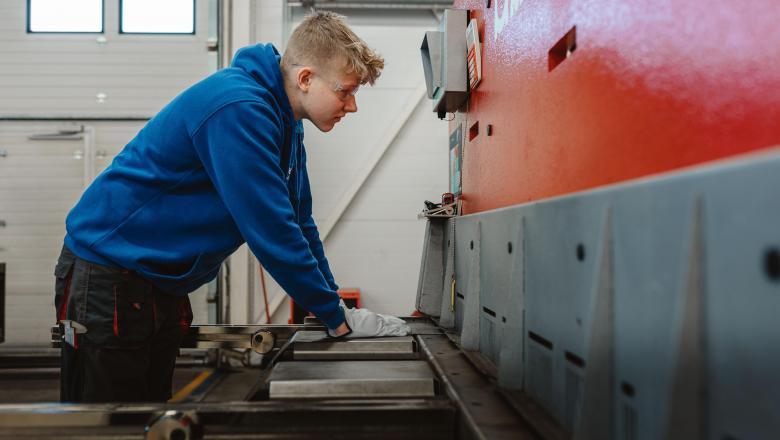
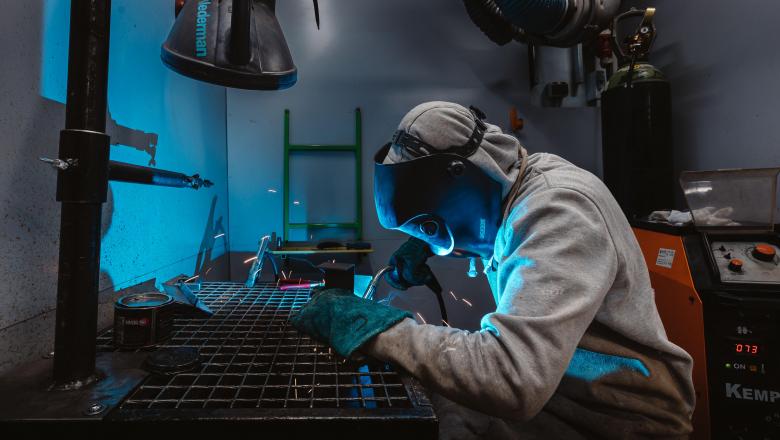
Riio Post
